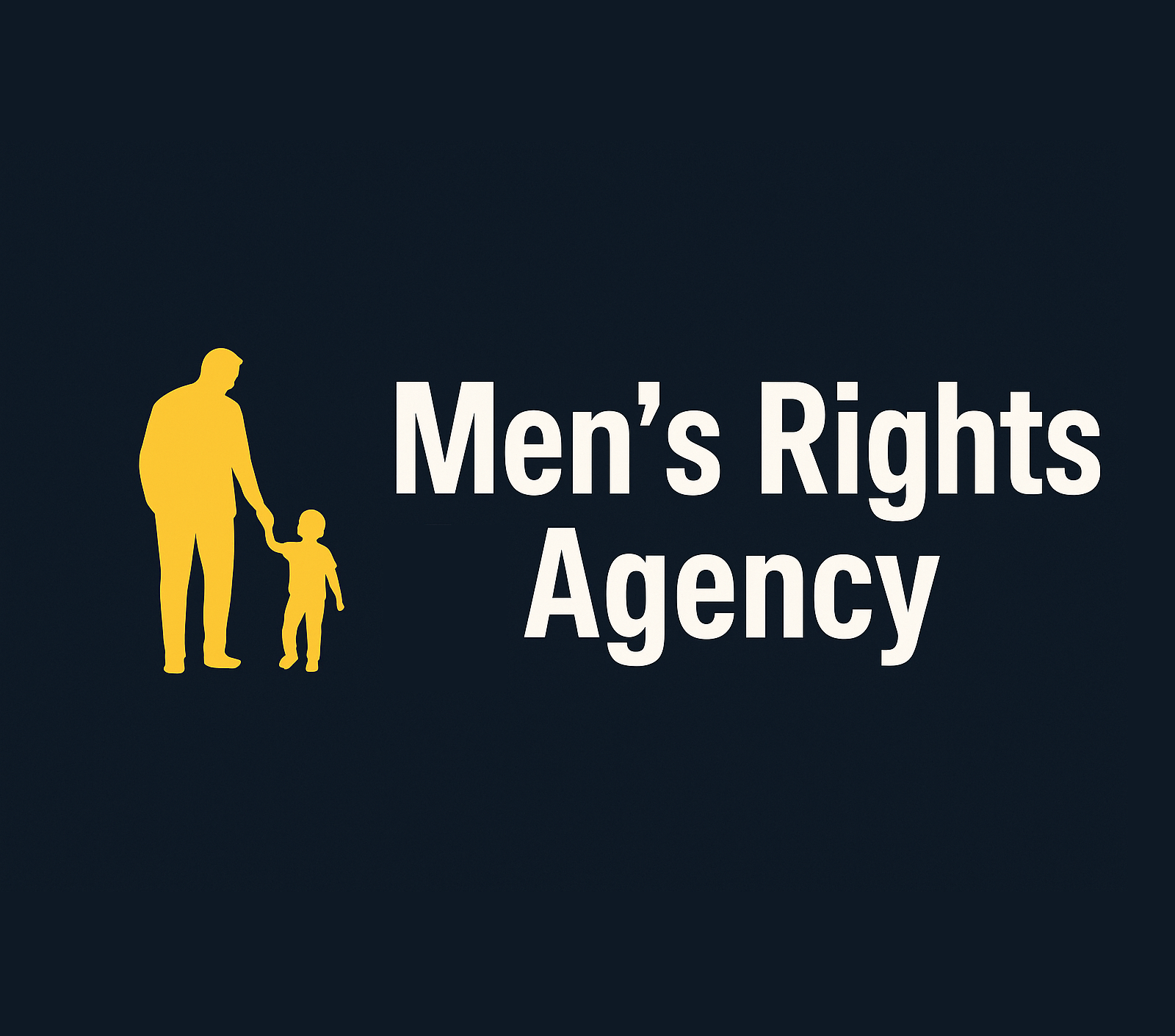Meet the Man Leading the Charge on America’s Boy Crisis | Opinion

Warren Farrell’s career began working in the women’s liberation movement, and not just as a bystander. “When the women’s movement surfaced in the late ’60s, I felt it was so important that I changed my Ph.D. dissertation to focus on it; formed some 300 men’s and women’s ‘consciousness-raising’ groups (one of which was joined by John Lennon); and was elected three times to the board of NOW [National Organization for Women] in NYC,” he told the Institute for Family Studies.
“But as divorces became common in the 1970s, and I saw families suffering from fatherlessness, I beseeched NOW to support the equal involvement of dads after divorce,” Farrell said. “But NOW feared losing the support of women who wanted the option of having primary custody.”
Farrell soon discovered that there was little serious attention being paid to the space of boy’s development, either in academia or anywhere else. The subject was, in Farrell’s words, “a national afterthought.”
What was not an afterthought to Farrell were the big disparities in outcomes of every kind between boys and girls in America. Disparities that crossed ethnic, racial and geographic boundaries.
Take mental health. The ADHD diagnosis rate is on the rise, as are the rates of other mental health indicators like depression and drug abuse. And then there’s the mental health indicator that’s most disturbing of all: suicide.
“Before age 9, boys and girls commit suicide equally,” Farrell told a Tedx audience. “By age 10 to 14, it is twice the amount for boys. Between 15 and 19, it is four times the amount, and by ages 18 to 24, it is six times the amount. That’s staggering.” Often, these tragedies seem to share one circumstance: the lack of a father in the home.
And nowhere is the data more tragic than our prison system. Ninety-three percent of our prison population is male. And that disparity can’t be explained by police discrimination. Or systemic bias against boys.
Facts, Farrell discovered, are stubborn things, even if they make some people uncomfortable. Boys are the ones committing the vast majority of violent crime, not girls. And when it comes to murder, it is young men doing the killing, mostly. Young men—Black, white and Hispanic. And the vast majority of the victims are young men too.
How did we get here? “It starts with how we’ve used our sons historically,” Farrell explained. “Every society that has survived has done so by training its boys to be disposable—disposable in war, in work (coal mines, oil rigs, firefighting). This means the survival of our son’s conflicts with our survival. And it’s hard to become psychologically attached to someone we might lose. And to train our sons to forfeit their lives in war and hazardous jobs (92 percent of workplace deaths are male), we had to train them to act tough and not express feelings.”
There was a price to be paid for this. “We don’t pay attention to the wheel that doesn’t squeak,” Farrell said. “And women can’t hear what men don’t say. Which is also why boys and men’s weakness is their façade of strength.”
Farrell wasn’t finished, shifting things to the subject of male power and privilege. “We’ve assumed males had the power and made the rules, so if they had a problem, they could just change the rules,” Farrell explained. “The Boy Crisis explains a different type of powerlessness boys and men often experience. For example, a boy’s dream to be an actor, writer or mountain climber often becomes, if he has children, a reality of selling product X that he doesn’t believe in—or, in brief, feeling obligated to earn money his family spends while he dies sooner. We’ve cast men’s higher pay as privilege and power, as opposed to understanding that the road to high pay is a toll road. When we discount a gender’s contribution—as we used to when women said ‘I’m just a housewife’—it’s easier to make them an afterthought. All of this contributes to our caring less about boys, and the closer they get to becoming men, the less we care.”
Farrell argues that the biggest contributor to our nation’s boy crisis—and to growing gaps in everything from income inequality to incarceration rates—is what he calls “dad deprivation.” According to the U.S. Census Bureau, about one in four children in America lives without a father in the home.
“These boys don’t benefit from overnights, hang-out time, and the many hours it takes for boys to bond with their dads, and trust that their feelings won’t be dismissed,” Farrell explained. Dads use that time to play with their sons, teaching them how to channel their masculine energy in productive ways. Boundary enforcement plays a big part in that interaction.

“Boys with minimal or no father involvement more frequently suffer from an addiction to immediate gratification,” Farrell noted. “For example, with minimal or no father involvement, there is a much greater likelihood of video game addiction, more ADHD, worse grades in every subject, less empathy, less assertiveness (but more aggression), fewer social skills, more alienation and loneliness, more obesity, rudderlessness, anger, drugs, drinking, delinquency, disobedience, depression and suicide.”
And that dad deprivation is not limited to the home. “Boys go from dad deprivation in the home to a male teacher deprivation in the school,” Farrell explained in his Tedx talk. “We now know that boys do better with male teachers on average.” In 2017-18, women earned almost 80 percent of all U.S. master’s degrees in education, something Farrell calls the “feminization of education.”
It is thus no surprise to Farrell that boys are responsible for so much of the nation’s violence. “Boys who hurt, hurt us,” Farrell tells anyone who will listen. “School shootings, which are both homicides and either direct or de facto suicides, are just one example of dad-deprived boys both being hurt and hurting us—in essence, blaming their schools for not being adequate substitute dads.”
Boys with dad-deprivation often experience a volcano of festering anger. “Anger is vulnerability’s mask,” Farrell explained, “and with boys’ much greater tendency to act out, the boys who hurt will be the ones most likely to hurt.” All of which, added together, leads boys to feel utterly without purpose. And thus, without hope.
Does Farrell see any hope or change on the horizon? “The solution involves recognizing the crucial role a father’s love plays in the development of boys. And the need to begin to redefine what it means to be a man in the 21st century,” he said.
“Just as we have recognized for many decades now that women’s biology is not their destiny, that they can work outside the home, and serve in the military, and do all the other things once seen as primarily or strictly male, so too must we recognize that men’s biology does not absolutely require putting themselves in harm’s way.”
It may seem obvious to those who study the subject, but if Farrell is right about one thing, it is this: to fix many of our social ills, we must start addressing the boy crisis in America.
Lee Habeeb is vice president of content for Salem Radio Network and host of Our American Stories. He lives in Oxford, Mississippi, with his wife, Valerie, and his daughter, Reagan.
The views expressed in this article are the author’s own.


